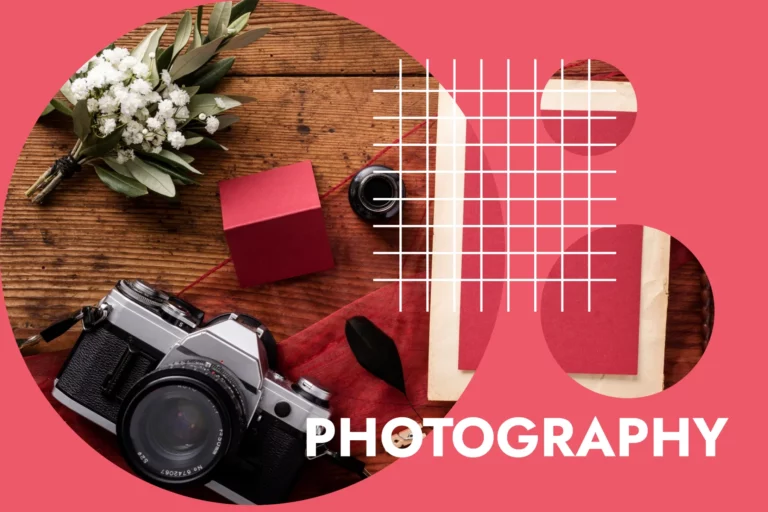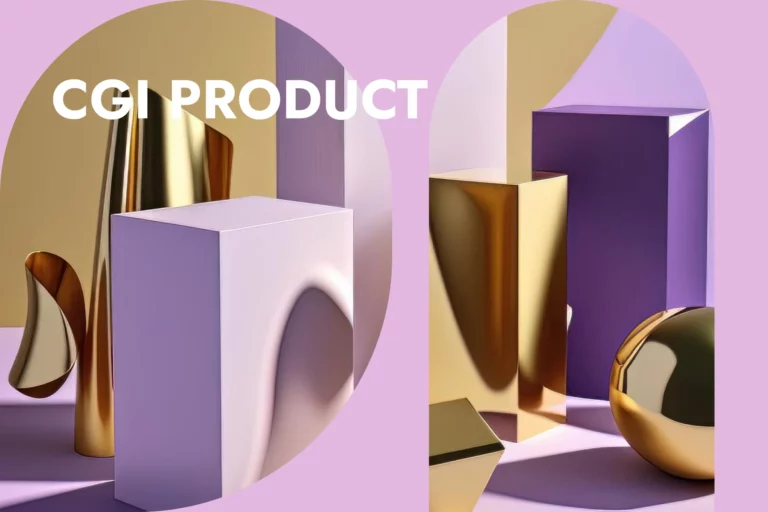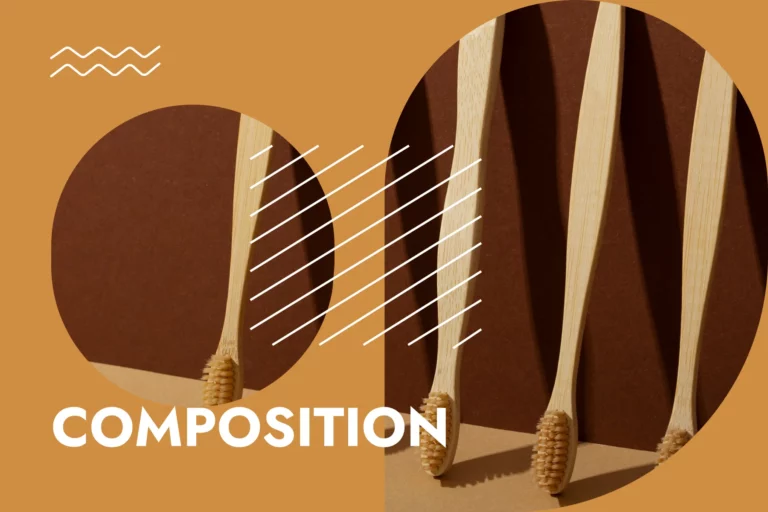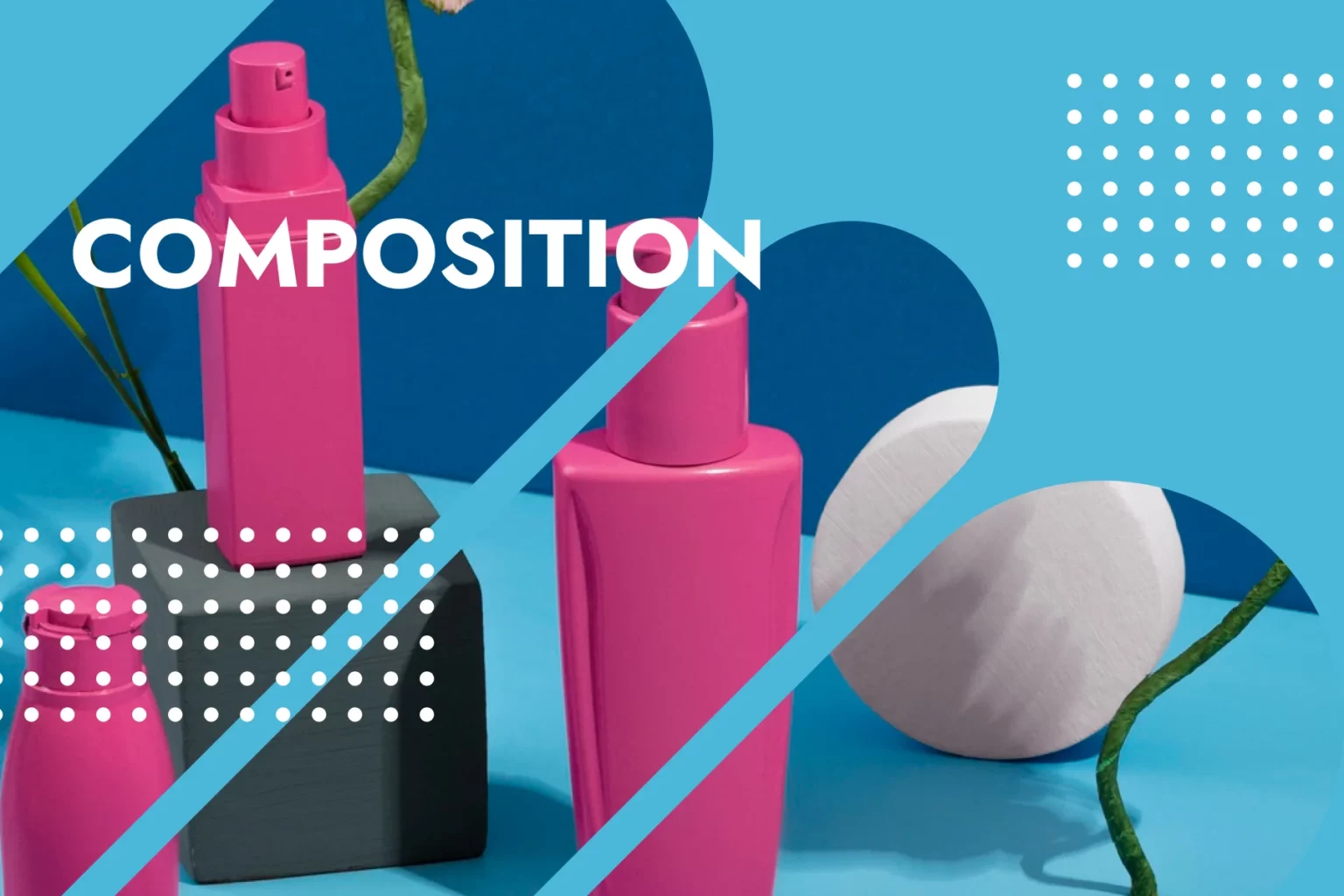What is composition in product photography?
Composition is an essential element of product photography. It refers to the arrangement of elements within a frame or image. However, it is not enough to just depict the product; it must be composed in a way that is visually appealing and interesting to the customer. This is where composition comes into play in product photography.
With the right know-how, a product photo can effectively convey its purpose, features, and benefits. Essentially, composition in product photography helps tell a story that grabs the attention of potential customers.
Various types of composition are used in product photography, such as the rule of thirds, symmetry, framing, and leading lines. A well-composed photo can quickly grab attention and inspire potential customers to engage with your brand.
The importance of composition cannot be overstated when it comes to creating effective product photos. It serves as a visual guide to draw customers’ eyes to specific features or benefits of your products while expressing their unique qualities through angles, lighting, colors and textures. This article serves as an introduction to the complicated world of product photography. So read on and understand the role of composition.
Role of composition in creating effective product photos

Product photography composition is the arrangement of visual elements within a frame that provides balance, harmony, and interest in an image. In product photography, composition must be well-thought-out to effectively showcase the features of the product.
There are several composition techniques photographers use to create compelling product photos. One such technique is the rule of thirds, which involves dividing an image into nine equal parts by drawing two vertical and two horizontal lines through the image. Positioning important elements along these lines or their intersections creates more dynamic and visually appealing images.
Impact of composition on perception and emotion
Your imagery needs to connect with your audience, and composition helps you immensely in this regard. The way you place your product and props has a strong impact on the viewer. That being said, it’s up to you to decide how you want to appeal to the people who come in contact with your marketing materials.
Depending on the medium through which you distribute your images, you want to convey slightly different emotions. Posts on social media, for example, are best received when they evoke a sense of excitement in the viewer. Since people go to such places to take a break from what’s happening around them, it’s best if you show them something new and appealing.
On the other hand, websites require a bit more professionalism. After all, the people who land there want to gather useful information that will help them make a buying decision or not. You can still use appealing images, like in the hero section, but you should choose your content more carefully.
Composition techniques for product photography

There are a variety of composition techniques you can use to arrive at your desired result. However, there’s only so much you can understand when you are just starting out in product photography. That’s why we have compiled a list of easy-to-follow composition techniques that will undoubtedly get you on your way to producing top-notch images for your business.
Framing
To make your products stand out and attract the attention of potential customers, you need to use various design techniques. One of these techniques is framing, which can be incredibly effective when it comes to creating eye-catching images that highlight your products. Framing uses elements within the image to draw the viewer’s eye to the subject of the photo.
This way, you can add depth and dimension to your photos while drawing focus to your product. To use framing as a composition technique in product photography, first consider what type of frame you might use in each shot. Look for doorways, windows, or other architectural elements that can serve as frames.
Rule of thirds
Product photography is about showcasing the best features of a product in an aesthetically pleasing way. One way to achieve this is to use the rule of thirds. This composition technique for product photography involves dividing an image into nine equal parts, with two horizontal and two vertical lines intersecting at four points. By placing your subject or product at one of these intersections, you create a more visually appealing and balanced composition.
To use the rule of thirds effectively in product photography, you should first determine the main focal point of your image. This may be the product itself, its packaging, or even its brand elements. Once you have determined the focal point, position it either along one of the vertical or horizontal lines, or at one of the intersections – this will create the crucial sense of balance and symmetry in your image.
Leading lines

The use of leading lines is a technique that can enhance composition and provide the viewer with a compelling visual experience. Leading lines are lines within an image that direct the viewer’s eye to a specific focal point, creating a sense of movement in the photograph.
To use leading lines effectively in product photography, it’s important to consider the placement and direction of the subject. For example, you can use diagonal lines to add dynamism to your image by placing your subject at an angle or using props like arrows or roads. Alternatively, you can use horizontal or vertical lines to create balance and draw attention to specific features of your product.
Symmetry and asymmetry
Symmetry refers to a balanced arrangement of elements in a photograph. This means that if you were to draw a line through the center of the image, both sides would be identical or nearly identical. Symmetry can create a sense of stability and order in your photo, making it great for presenting products that require precision or accuracy.
Asymmetry, on the other hand, refers to an unbalanced arrangement in a photo. This technique involves intentionally placing objects off-center or using unequal spacing between elements. Asymmetry can create a sense of movement and energy in your photo, making it great for presenting products that are dynamic or made up of multiple components.
Image cropping

Cropping is a product photography technique that allows you to remove unwanted areas from your footage. By removing distractions, changing the aspect ratio, and creating close-ups, there are many uses for a seemingly simple composition technique that you can apply.
Composition is about organizing and arranging visual elements within an image to create an appealing and harmonious image. By cropping the image appropriately, you can emphasize key elements in the photo, such as the product itself, while minimizing distractions in the background or foreground.
Conclusion
Composition in product photography is an important aspect that every photographer should pay attention to. It’s not just about capturing images of your product, it’s also about telling a story and conveying the message your brand wants to convey. The way products are composed can make or break the overall look of the image.
A well-composed photograph captures the viewer’s attention and makes him think. In today’s world where visuals are everything, it’s becoming increasingly influential for brands to create visually appealing content that resonates with their audience. Product photography plays an essential role in this process, and composition should not be overlooked. By considering elements like lighting, angles, color schemes, and prop positioning, you can create captivating images that leave customers wanting more.
Now that you have a clear idea of what composition is and how critical it can be to your business, let us take a look at an alternative that is both faster and cheaper. CGI product photography has taken the marketing world by storm thanks to its groundbreaking features. Since all the work can be done from the comfort of your home, you can now get your visual content remotely. If you’re eager to learn more about this type of product photography, contact us now for a FREE consultation call – we can’t wait to meet you!
FAQ
What is composition in photography?
Composition in photography refers to the strategic arrangement of certain elements to create balanced and engaging visual content.
What are the 5 elements of composition in photography?
The 5 main elements of composition in product photography are framing, the rule of thirds, leading lines, symmetry and asymmetry, and image cropping.
Why is composition important in product photography?
Composition in product photography is highly important for your business because it can turn interested viewers into customers by engaging and tuning into their feelings.
What is the purpose of composition in photography?
The purpose of composition in product photography is to engage with the viewer’s state and emotions, in order to draw them closer to buying your product.


























